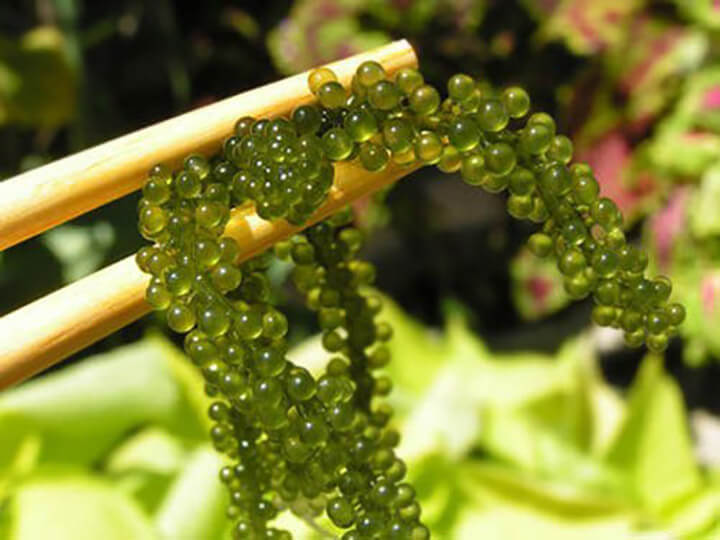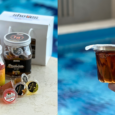We’re all familiar with “lato,” a kind of seaweed that we serve as ensalada. This humble dish is an explosion of flavors, thanks to its mix of onions, vinegar, black pepper, salt, and sugar. This seaweed is available in the wet market, but in other parts of the world, it’s called green caviar.
It’s an impressive comparison: the two do share similar flavor profiles, but caviar is an expensive delicacy, with some varieties priced at $378 (roughly P18,900) for a 30 gram tin. As for the taste, it is known to be salty and can be an acquired taste.
Caviar is made from salt-cured eggs from wild sturgeon in the Caspian and Black Seas, while green caviar is a kind of seaweed found in Batangas, Palawan, and in other parts of the country. The first time I tried this was at a lunch in someone’s house in Bohol. It is also prominent in Okinawa, Japan, where it is called umi-budo or sea grapes.
Green caviar is known for being packed with vitamins, minerals, omega-3 fatty acids, and fiber. It is also known for its anti-aging and anti-cancer properties, and for its ability to prevent diabetes and cardiovascular diseases.
For those who are not familiar with this, green caviar is eaten raw. Simply rinse it and soak it in chilled water for three to five minutes before eating. You can turn it into an ensalada by adding onions, vinegar, black pepper, salt, and sugar. In Okinawa, they eat it on its own dipped in soy sauce or vinegar.
Green caviar also works as a garnish. You can add it to smoked salmon or grilled chicken.
Have you tried this? Share your thoughts below!
Follow When in Manila Koji for more stories like this!





